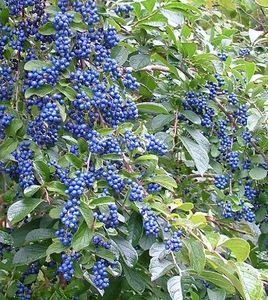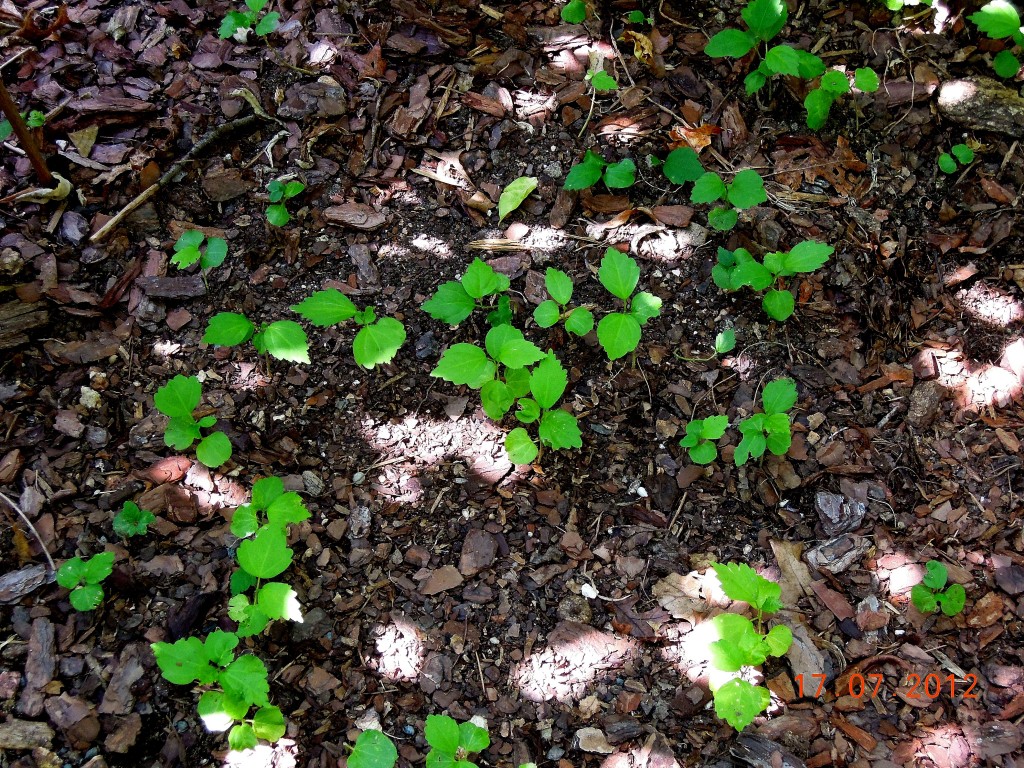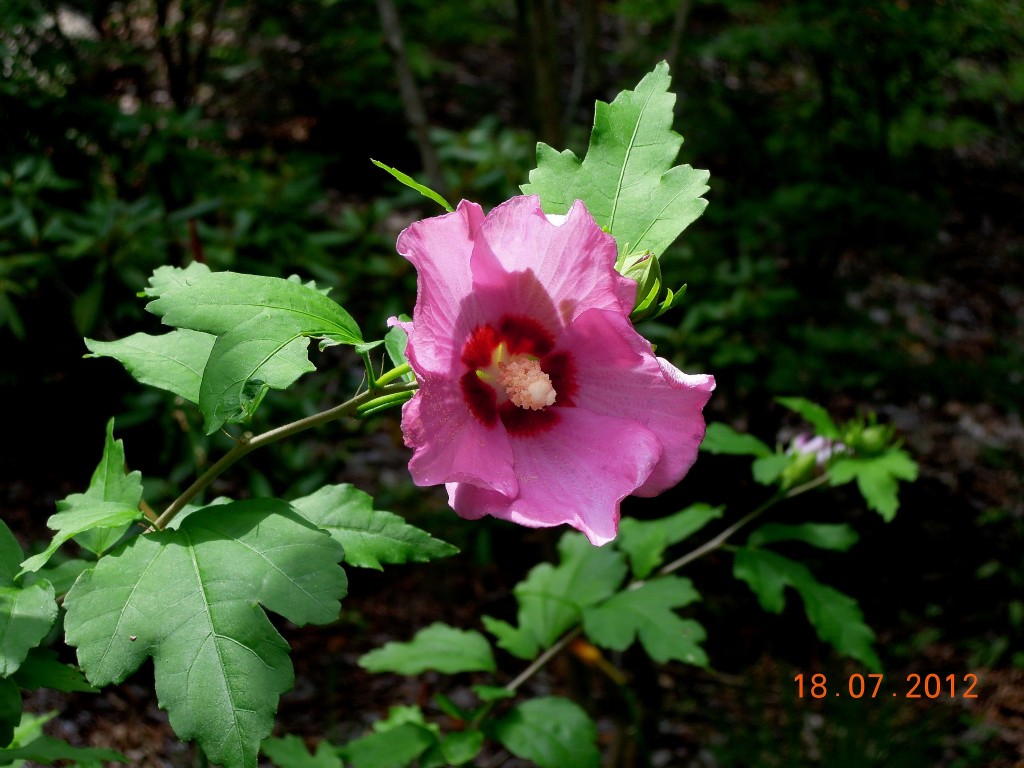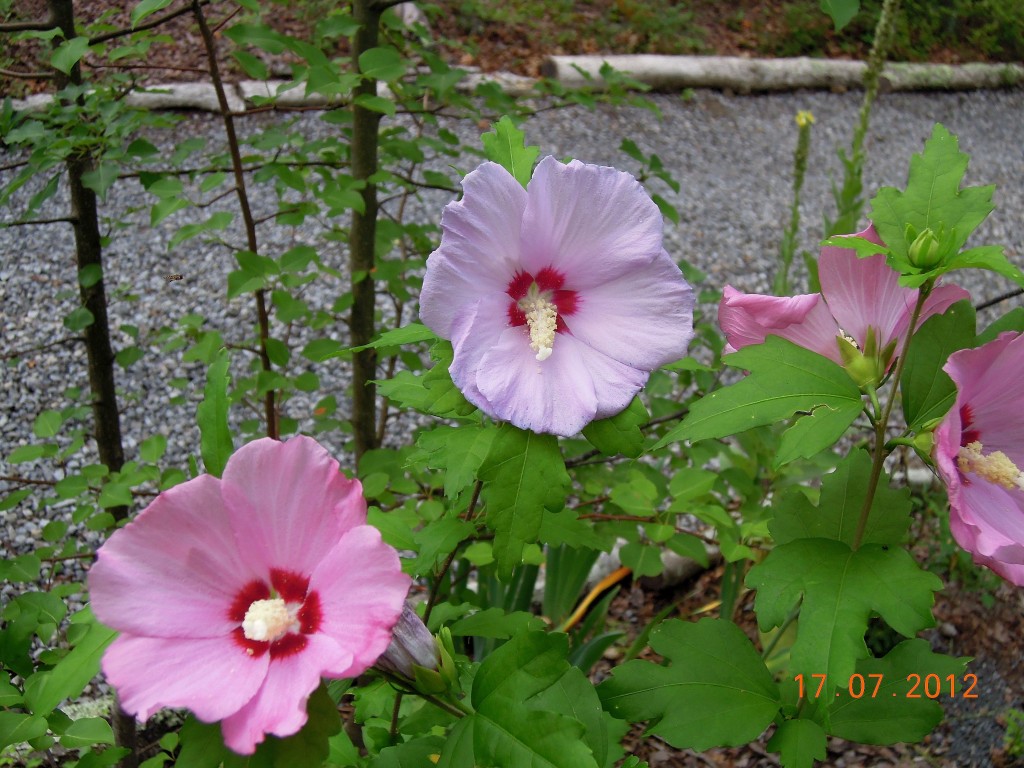Yes, Virginia. You can satisfy those chocolate cravings without worrying about calories. It’s a piece of cake in the garden with Albizia julibrissin ‘Summer Chocolate’.
This remarkable tree and I have quite a history.
I’m reminded of a bit of popular garden wisdom: “You should not give up on a plant until you kill it three times.” Silly advice, isn’t it? There are too many fabulous plants and—regardless of the size of your property—never enough planting space to be saddled for years with non-performers. In my garden, as a general rule, it’s one strike and you’re out. Yet every rule has an exception. Reason flew out the window when it came to Albizia julibrissin ‘Summer Chocolate’, the purple-foliage mimosa tree.
When I lived in California, I admired the green-leaf mimosa with its graceful fern-like foliage and captivating pink flowers that attracted masses of colorful butterflies. But it wasn’t until I saw the purple-leaf variety in a Hamptons garden that admiration turned to obsession.
Over the years I searched it out, bought and planted it twice, and twice it died. But the third time was golden. A beautiful, well-grown plant survived the worst winter in memory and flourishes in my zone 7 garden.
Mimosas aren’t picky about soil ph but they do like full sun, and lots of it. The best I can offer is a few hours of filtered sun, so my tree may not produce flowers. Disappointing to be sure, but for me (sorry butterflies) it’s all about the foliage. (See photo below).
Another unique beauty, Hydrangea macrophylla ‘Ayesha’, was acquired this Spring. The mophead flowers, made up of distintive, tiny, spoon-shaped florets, start off pink, but in my acid soil turn a striking, violet-pink. And the florets eventually open to reveal amazing blue centers, providing a wonderful contrast with the bluest of blue lacecap hydrangeas planted in the same bed. Ayesha also boasts outstanding, thick, dark-green healthy foliage, so important in my organic garden. (Photos below.)
I purchased H.m.’Ayesha’ from Hydrangeas Plus, hydrangeasplus.com, which offers an extensive mailorder selection of healthy, blooming size plants.
There are so many extraordinary hydrangeas to choose from, one needn’t be limited to the same-old, same-old, over-hyped, H.’Endless Summer’. As for example, one of my favorites, H. macrophylla ‘Bottstein’, produces a colorful array of mopheads in shades of purple, blue and pink. All at the same time. Even in the same flower. (See photos below.) And in the Fall , its foliage turns a rich, dark, red-purple. ( For photos and information about other exquisite hydrangeas, see my earlier Blog post of July 8, 2012, “Summer 2012: Heavenly Hydrangeas”.)





















